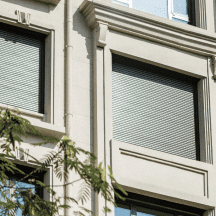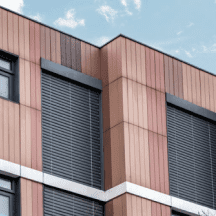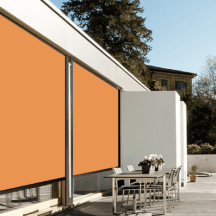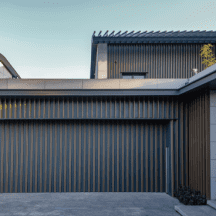MEDIA CENTER
May 30, 2023
The Development of External Sunshades in China’s Buildings
With rapid urbanization and a booming construction industry, there is a growing demand for exterior building shading measures in China. Exterior building shading not only provides a comfortable indoor environment, but also reduces energy consumption and improves the sustainability of buildings. Let’s learn about the exciting evolution of exterior building shading in China.
Phase I: Traditional Sunshading Measures
In the initial stage of external shading of buildings, traditional shading measures such as overhangs and porch waists were widely adopted. These measures were favored for their simplicity and economy. They are effective in blocking direct sunlight and reducing indoor temperature. However, the drawbacks of traditional shading measures are also obvious, lacking flexibility and individualized adjustment functions to adapt to complex weather changes and usage needs.
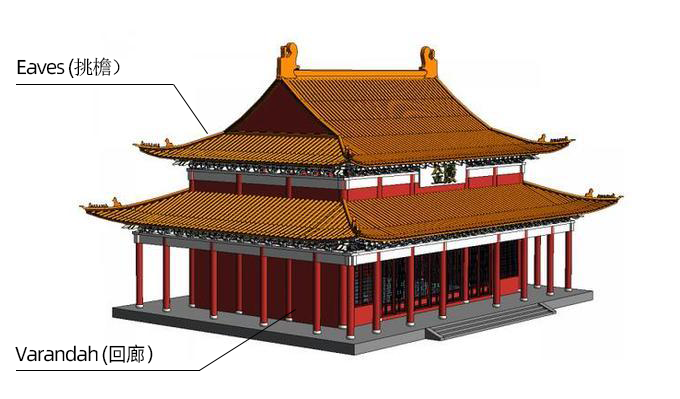
Phase II: Technological innovation and diversification
With the progress of technology and the development of the construction industry, new shading measures are gradually applied to the exterior of buildings. The emergence of modern shading measures such as balconies, sunshades and blinds has provided more choices. These measures not only allow flexible adjustment of shading effects, but also maintain indoor lighting and improve energy efficiency and comfort. For example, adjustable-angle blinds can automatically adjust the shading effect according to the light intensity and angle changes, so that the room maintains the appropriate light and temperature. Although these measures have made significant progress in improving shading and comfort, they still require manual adjustment, are complicated to install and costly.

Phase III: The rise of automatically adjustable shading systems
With the further development of science and technology, automatically adjustable shading systems have become the new trend of exterior shading in Chinese buildings. The automatically adjustable shading system integrates advanced sensors, automatic control systems and data analysis technology, and can automatically adjust shading facilities according to real-time weather conditions, time periods and indoor demand to achieve precise and intelligent shading effects. Its advantages are reflected in the following aspects:
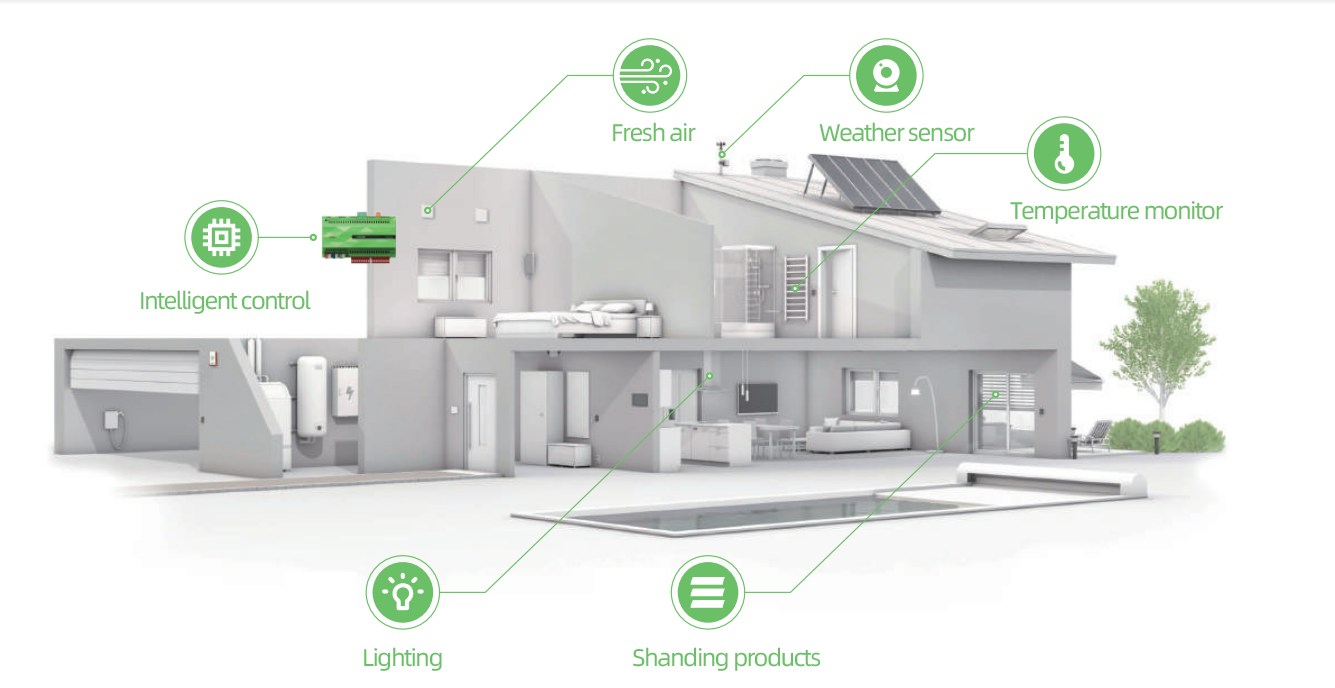
Energy saving and emission reduction
The automatic adjustment shading system can automatically adjust the opening and closing degree of shading facilities according to weather conditions and indoor demand, maximizing the use of natural light, reducing the reliance on artificial lighting, and reducing energy consumption and carbon emissions. By reducing power consumption and heat loss, it effectively contributes to the realization of the building’s energy-saving and emission reduction goals.
Enhancing comfort
The auto-adjusting shading system can intelligently adjust shading facilities according to light intensity, temperature changes and indoor demand to ensure the comfort of the indoor environment. In the hot summer, it can block the strong sunlight and lower the indoor temperature, while in the cold winter, it can open the shading facilities and let the sunlight warm the room. This personalized adjustment function provides a more comfortable living and working environment.
Intelligent management
The auto-regulating shading system monitors environmental data in real time through sensors and makes precise adjustments with the help of an automatic control system. At the same time, using data analysis and feedback mechanisms, the system is able to continuously optimize the shading effect and improve the intelligence of the system. Users can also control the system remotely via smartphones or computers to achieve convenient management and adjustment.
Technological innovation
The auto-adjustment shading system achieves precise adjustment and remote management of shading measures with the help of advanced technologies such as light sensors, intelligent control algorithms and Internet technology. The continuous innovation and application of these technologies have promoted the development of the field of exterior building shading and brought more innovations and possibilities to the construction industry.
Although automatically adjustable shading systems have many advantages, they still face some challenges in the process of promotion and application. First is the issue of cost, including the initial investment and operation and maintenance costs of the system. However, as the technology matures and the market becomes more competitive, it is expected that costs will gradually decrease, making the system affordable for more buildings.
Conclusion:
The development of exterior building shading in China has gone through several stages, from traditional measures to technological innovation to the rise of automatically adjustable shading systems. Auto-adjusting shading systems offer advantages such as energy saving and emission reduction, enhanced comfort and intelligent management, but still need to overcome challenges such as cost, technical standards and technical support. Through government support, industry cooperation and promotion, as well as the provision of good technical support and after-sales service, the development of exterior shading in China’s buildings will have a broader prospect.
Contact us

Kevin
Account Manager

info@csroll.com.cn

+86 18551587339

+86 18551587339


